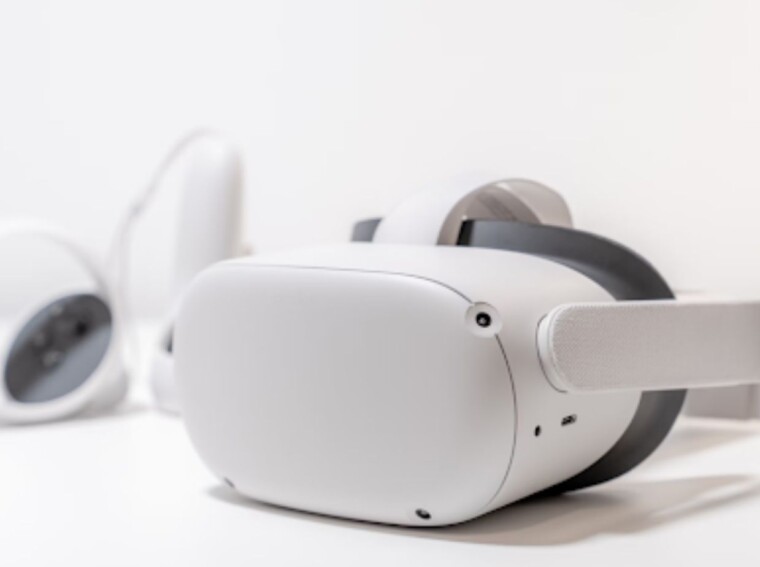The Convergence of Gaming and Athletic Training
Professional sports have entered an era where the boundaries between physical practice and digital simulation increasingly blur. NFL teams invest millions in virtual reality systems, while esports organizations employ physical trainers and nutritionists. This convergence represents more than a technological trend – it signals a fundamental shift in both how athletes prepare for competition at the highest level and how sports fans approach the sports betting industry. Data Analysis, for sports bettors, is a key aspect in wagering on their most favorite teams, which is why observing such changes is critical to successful and informed decision-making.
The Science Behind Virtual Training
Research exploring the relationship between gaming and athletic performance reveals intriguing neural connections. Athletes using VR training systems demonstrate increased activation in brain regions associated with spatial awareness and decision-making. These systems create detailed maps of player behavior, tracking everything from eye movement patterns to millisecond-level reaction times. The data suggests that regular exposure to high-pressure virtual scenarios may enhance real-world performance through improved pattern recognition and faster decision-making processes.
Professional Implementation and Results
Major sports organizations have moved beyond experimental adoption of gaming technology. Premier League clubs now incorporate FIFA simulation matches into their tactical analysis sessions, helping players visualize different formations and strategies. NBA teams utilize motion-capture technology similar to that used in video game development to analyze shooting mechanics and movement patterns. These applications demonstrate how gaming principles can translate into practical training tools.
The growing integration of esports professionals into traditional sports organizations provides additional insights. Formula 1 teams recruit sim racers as development drivers, recognizing their ability to process complex information rapidly while maintaining precise control inputs. This cross-pollination between virtual and physical sports suggests broader applications for gaming-based training methods.
Limitations and Critical Perspectives
Despite promising applications, virtual training faces significant limitations. Physical sports require proprioceptive awareness and environmental adaptation that current technology cannot fully replicate. Sports psychologists emphasize that while VR can enhance decision-making and pattern recognition, it cannot replace the psychological resilience developed through actual competition.
Medical professionals also raise concerns about potential negative impacts. Extended VR sessions may affect spatial awareness and balance when athletes transition back to physical activity. Additionally, the data supporting video game training’s transfer to real-world performance remains largely correlational rather than causative.
Integration and Future Developments
The most successful implementations of gaming-based training appear to be those that complement rather than replace traditional methods. Progressive teams develop hybrid approaches, using virtual tools to enhance tactical understanding while maintaining rigorous physical preparation. This balanced methodology acknowledges both the potential and limitations of digital training.
Emerging technologies suggest even more sophisticated applications. Machine learning algorithms now analyze vast databases of player behavior to create increasingly realistic training scenarios. Haptic feedback systems provide more nuanced physical sensations, while augmented reality offers new possibilities for combining virtual and physical training environments.
The Financial Dimension
Investment patterns reveal growing confidence in virtual training technology. Sports technology startups focusing on VR training solutions have attracted significant venture capital, while established teams allocate increasing portions of their training budgets to digital tools. This financial commitment suggests that despite ongoing debates about effectiveness, the industry sees long-term value in gaming-based training methods.
The Path Forward
The integration of gaming principles into athletic training represents neither a revolution nor a gimmick, but rather an evolution in how athletes prepare for competition. As technology advances and research provides deeper insights into learning and performance, the distinction between virtual and physical training may become increasingly fluid. The key lies not in choosing between traditional and digital methods, but in understanding how to leverage both for optimal results.
The future of athletic training likely involves sophisticated combinations of physical practice, virtual simulation, and data-driven analysis. Teams and athletes who master this integration, while remaining grounded in fundamental physical preparation, will likely gain competitive advantages in their respective sports. The gaming revolution in sports training isn’t about replacing traditional methods – it’s about expanding the toolkit available to modern athletes.

